Is Vancouver writer John Gleeson a reincarnation of Errol?
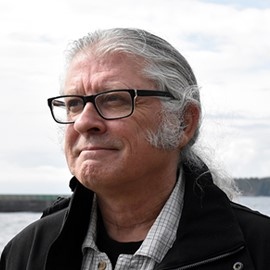
John Gleeson – not to be confused with Jackie Gleason
— Tim
Is Vancouver writer John Gleeson a reincarnation of Errol?

John Gleeson – not to be confused with Jackie Gleason
— Tim
A Tribute to Errol – Eternal Voyager – June 20, 1909 to Infinity
What is the indirect connection between “The Golden Record” that went into space with Voyager in 1977
and Errol’s death in Vancouver, 1959? (Focus on the brilliantly-played music)
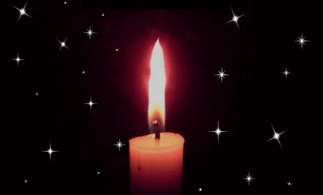

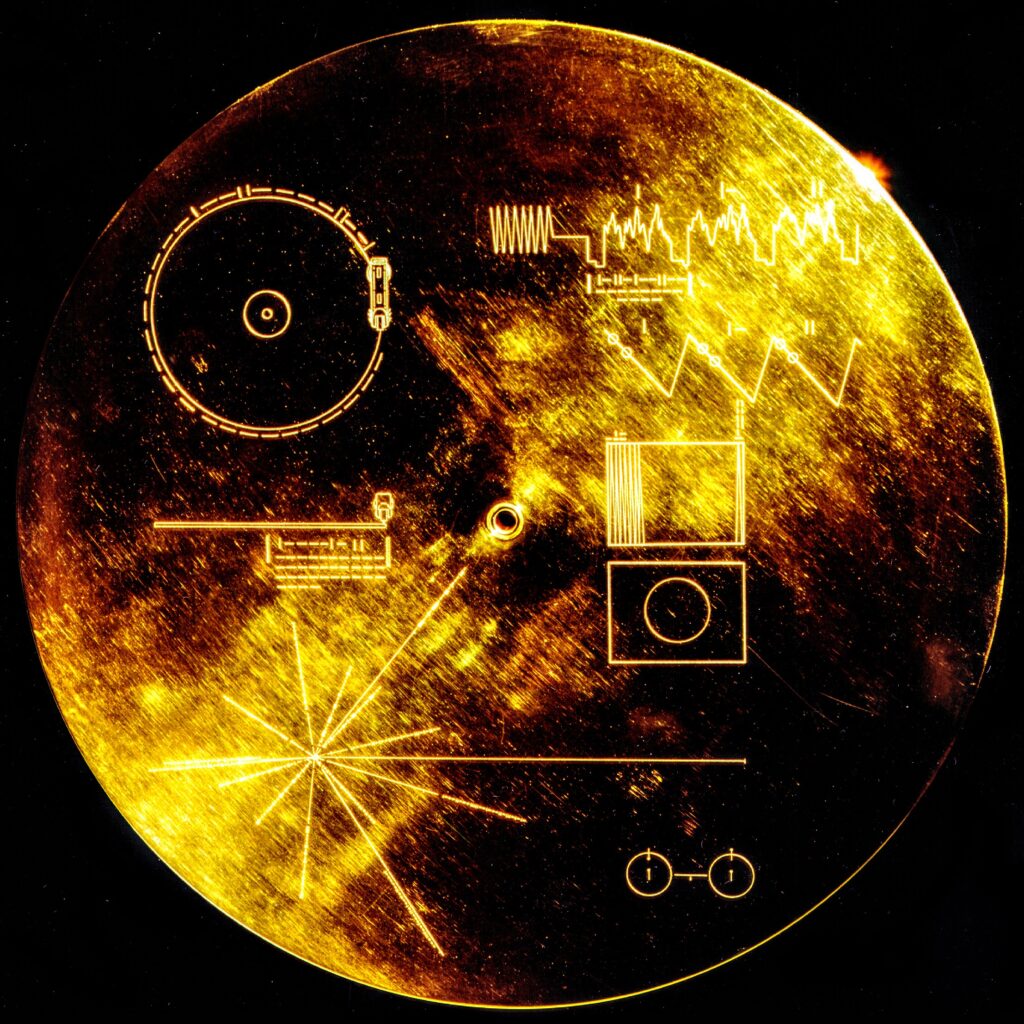
— Tim
Would Errol have been better than the usually great Fredric March in this film? I believe so.
October 10, 1935
Los Aneles Times
I Cover Hollywood
By Lloyd Pantages
Warner Brothers are so enthused about Errol Flynn’s work in Captain Blood that they would like to give him the lead in Anthony Adverse only there’s a slight catch, as they already signed Fredric March for the part. Nevertheless, seeing how Errol is under a long-term contract to them and March isn’t, maybe they’ll give it to him and put Freddy in something else.
…
— Tim
“The big trouble with the 14th century insofar as the movies are concerned is the fact that most of the ladies dressed like nuns.”
…
October 8, 1937
The Evening Herald
Klamath Falls, Oregon
DREARY DUDS IRK STYLIST AT FILM LOT
By Frederick C. Othman
Hollywood Citizen News
The big trouble with the 14th century insofar as the movies are concerned is the fact that most of the ladies dressed like nuns. This is particularly bad for movies in full color, and it explains why Milo Anderson, Warner Brothers costume expert, is cheating on history today in dressing the folks appearing in Hollywood’s latest version of Robin Hood.
This picture first was made in 1922 by Douglas Fairbanks, when movies were black and white and noiseless. Warners’ version calls tor full color and a couple of million dollars to make it realistic. Nearly $500,000 of this money went to Anderson for fancy clothes. He was ready for a real spree in silver cloth and slashed velvet and whatnot, when he discovered that all the women of Robin Hood’s time. from the queen on down to the lowliest peasant, dressed mostly in black and dark brown. They all wore coifs, such as nuns still wear, and shoes which look a lot like gymnasium slippers.
CHEATS A LITTLE
“So we had to cheat a little.” young Anderson said. “We put In a spot of color here and a splash there. We had to.”
His spots and splashes looked pretty gay to us. One bolt of cloth, with silver threads running through the gold, cost Warners $25 a yard. “But it looks too fine,” he said. “So I had it dyed a light blue and I told the dyer to be a little careless. The result looks like it may really have been made six centuries ago. He had to make 45 costumes for the ladies in the picture, of whom Olivia de Havilland, as Maid Marian, is the most important. Each dress took about 40 yards of velvet and other rich cloth, which cost an average of $4 a yard.
The result was inclined to depress Anderson. He cheered up only when he got the chance to rig out the men in the film. “They were the gay sex in those days,” he said. “They went in for slashed silks and doublets and whatnot, all in the brightest color combinations available.”
Anderson displayed the costumes he’d built for Errol Flynn as “Robin Hood”; Ian Hunter as “King Richard”; Claude Rains as “Prince John”; Basil Rathbone as “Sir Guy”; Alan Hale as “Little John”; and Eugene Pallette as “Friar Tuck.” These garments really were something with long tight pants of rainbow hue and doublets and tabards and curves of spots and stripes and curlicues.
On the same movie lot we met Mrs. Felix Mauch, wife of the general agent in New York city of the Toledo. Peoria, and Western railroad, and her two 13-year-old sons, Billy and Bobby. Mrs. M. stands by to keep an eye on her famous twins, who now are starring in “Penrod and His Twin Brother.” But it doesn’t do her much good. “I can’t tell them apart myself,” she confessed. “When one of them needs a whipping. I have to spank both of them to make sure I’m punishing the right one.”
…
Milo Anderson designs for Robin Hood:
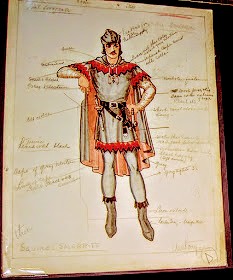
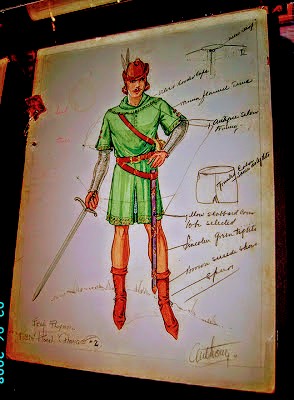
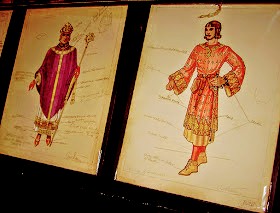
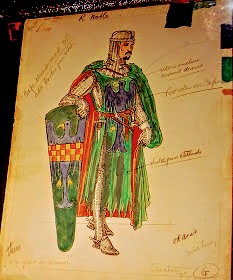
— Tim
October 7, 1937
Elizabeth Yeaman
Hollywood Citizen News
Old Sol is being amplified by electrical generators on the location site of The Adventures of Robin Hood at Chico. When the sun failed to beam, the company employed the generators. Then the generators failed. At least one of them blew out yesterday afternoon. Al Alborn, the company manager, promptly called the studio to order another generator to be sent out. Fifteen minutes after his call was received, the new generator was on its way to Chico, 600 miles away. It arrived in time for the regular shooting schedule this morning.
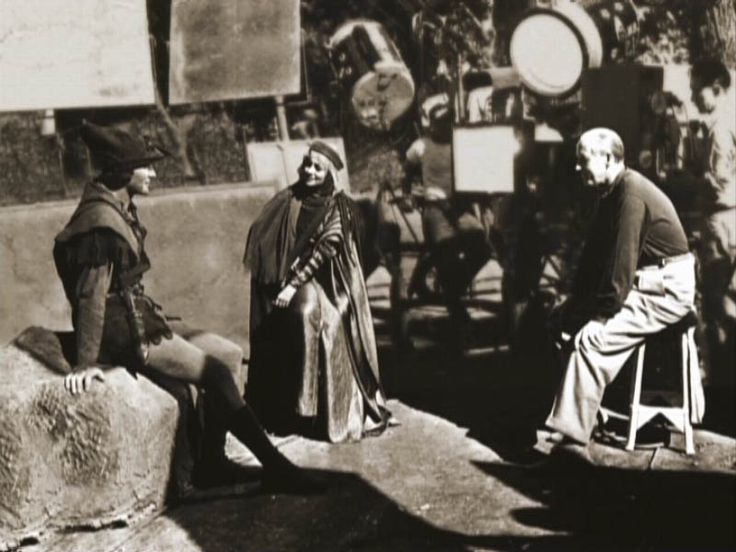

— Tim
Los Angeles Times
I Cover Hollywood
By Lloyd Pantages
Errol Flynn is making a personal version of Another Dawn, in which he is appearing with Kay Francis, with a 16-millimeter camera, all of which he will dub with sound-effects and narration.
…
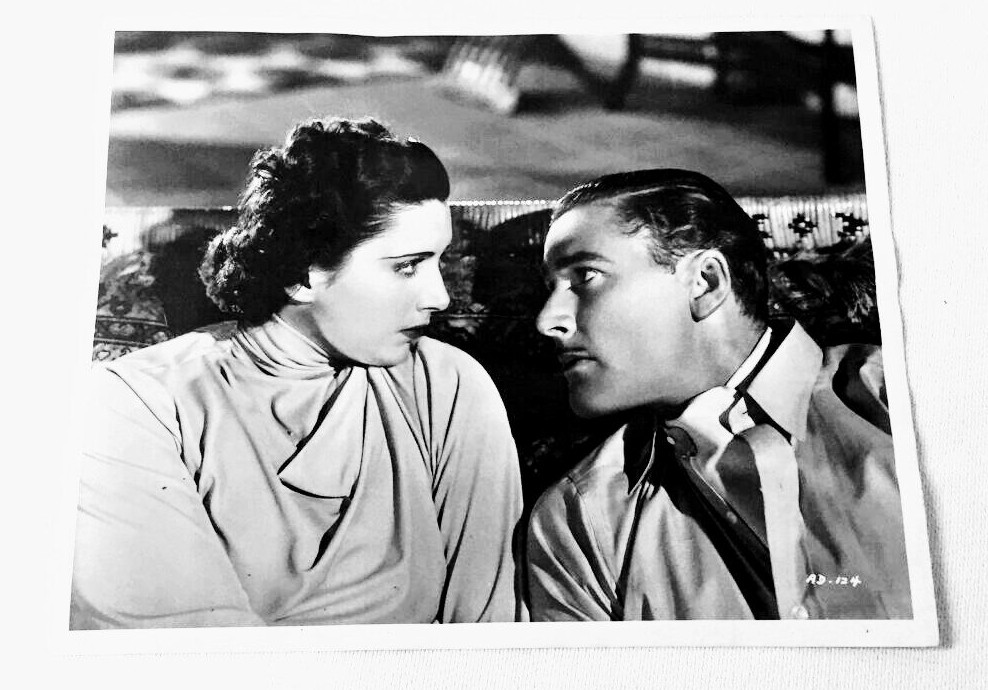
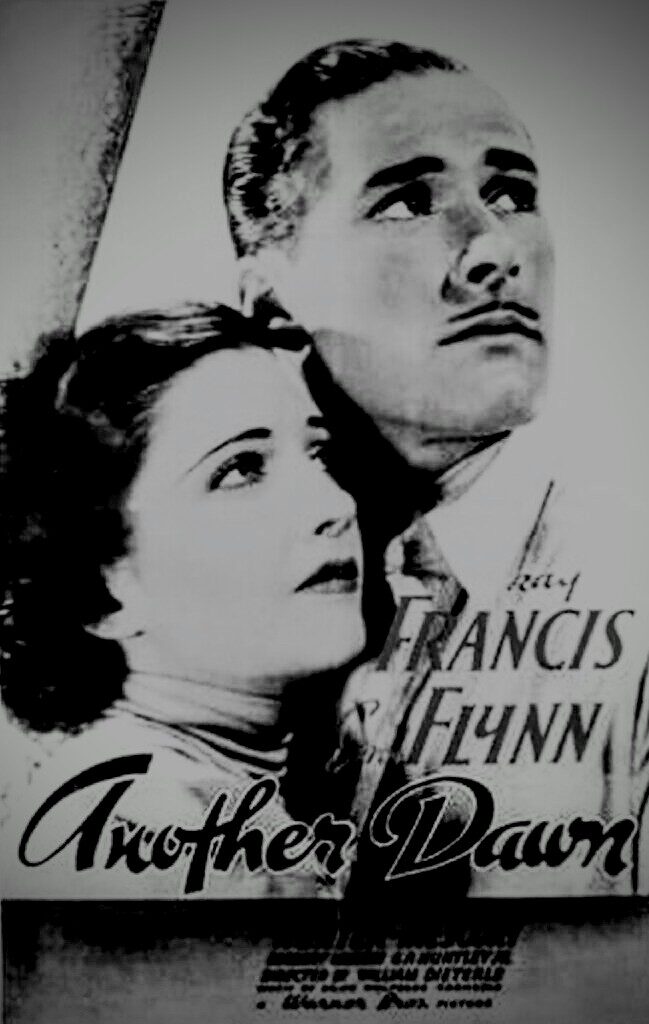
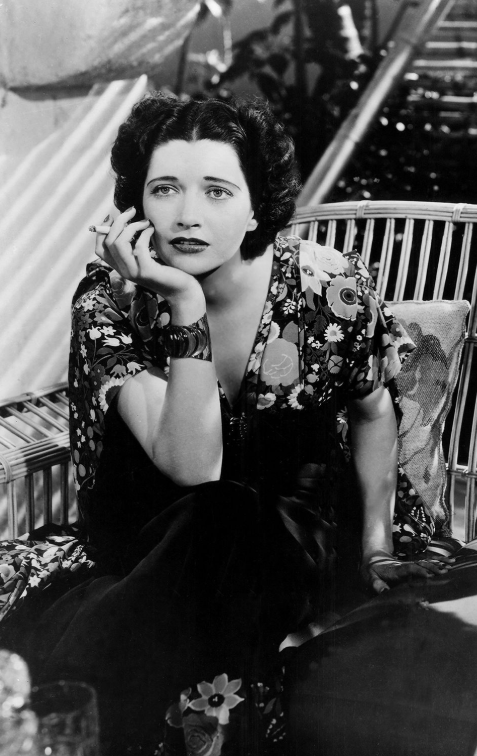
— Tim
October 4, 1938
Los Angeles Examiner
Louella Parsons
Errol Flynn heard yesterday for the first time that he had pneumonia when he was so critically ill last week. So remarkable was his recovery that he is expected to go home today, and Lili Damita will sail Thursday on the Queen Mary. Errol’s doctors have ordered him to rest for two weeks, after which he is to report to Warner studio for Dodge City.
…….
October 5, 1938
Los Angeles Evening Herald Express
Harrison Carroll
Errol Flynn went from the hospital to Edmund Goulding’s house at Palm Springs. He wanted to take a trip to Mexico City, but doctors vetoed it.
…….
Perhaps Errol just needed some nursing South of the Border, rather than what he was receiving in the U.S.:
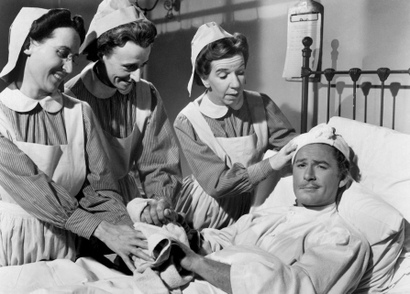
If only he could have waited till ’42, when Lili became a nurse…
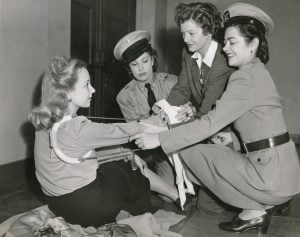
— Tim
October 2, 1935
Los Angeles Examiner
I Cover Hollywood
By Lloyd Pantages
After Captain Blood is released Warners are a cinch to tear up Errol Flynn’s contract and slip him a new one. They originally signed him literally on a shoe string and they did nothing about him until the other studios started bidding for his services. Now that he’s doing so magnificently in the Blood epic, he’s sure fire for better consideration.
…
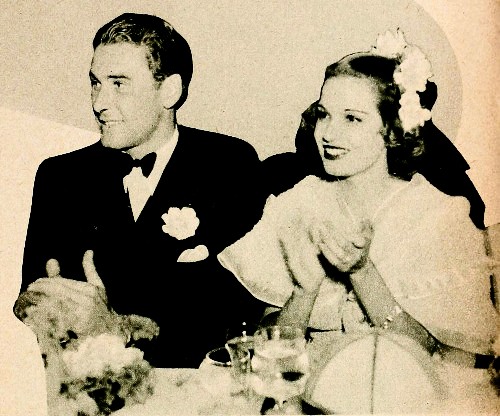
— Tim